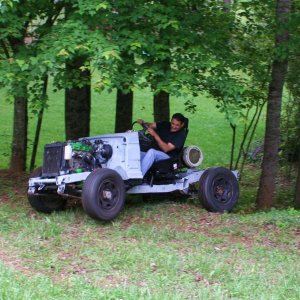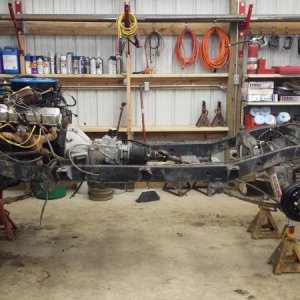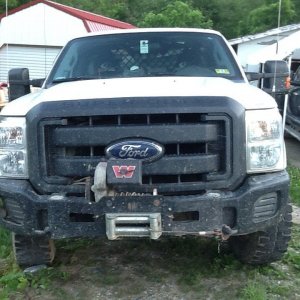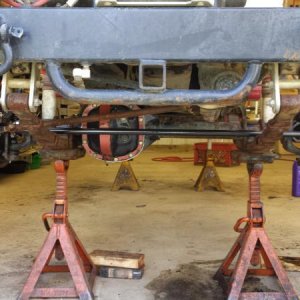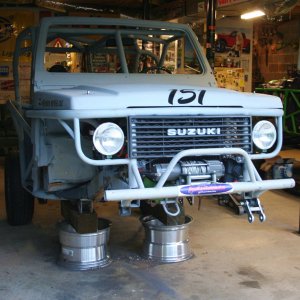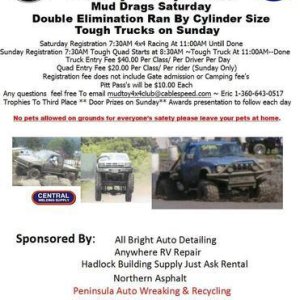Looks like 4.5hours.
TSB 06-19-8
10/02/06
TICKING AND / OR KNOCKING NOISE / STARTUP RATTLE FROM ENGINE - 4.6L / 5.4L 3V
FORD:
2005 Mustang
2004-2005 F-150
2005 Expedition, F-250, F-350
LINCOLN:
2005 Navigator
This article supersedes TSB 06-4-7 to update the Service Procedure.
ISSUE
Some vehicles equipped with a 4.6L 3-valve or 5.4L 3-valve engine may exhibit a ticking and I or knocking noise after reaching normal operating temperature, or a rattle upon starting. The noise may be described as ticks, taps, knocks, or thumps. In some cases the noise may be a normal characteristic of these engines. In other cases the noise may require further investigation. Sorting out and defining the noise as reported by the customer is important to successfully diagnose and I or repair the condition.
ACTION
Before starting diagnosis, it is critical to determine the specific engine noise the customer is concerned with. The customer should be interviewed to get their detailed perception and description of the noise, and to determine if the noise occurs at idle or above idle speed, and if the engine is cold, hot, or both. Attempt to duplicate the noise, and determine the source of the symptom. Refer to the following Service Procedure to help determine the source of the noise and if a repair is needed.
SERVICE PROCEDURE
NOTE READ THIS SECTION IN ITS ENTIRETY BEFORE BEGINNING.
NOTE THE 4.6L 3V AND 5.4L 3V ENGINES ARE INSTALLED IN SEVERAL VEHICLE PLATFORMS, WHICH MAY INFLUENCE THE INTENSITY OF NOISE DUE TO VEHICLE DIFFERENCES IN SOUND TRANSMISSION PATHS, HOOD AND BODY INSULATION PACKAGES, AND ROOT CAUSE OF THE COMPONENT(S) CAUSING THE NOISE.
PRE-CHECKS
1. Make sure you have a detailed description of the noise the customer is concerned with, including whether the noise is occurring at idle or above idle speed (does it disappear above 1200 RPM), and if the engine is cold, hot, or both when the noise is occurring. These engines generate a lot of "normal" noises, so it is critical to confirm the noise the customer is concerned with. Determine what environment the customer is in when the noise is most noticeable to them (inside passenger compartment, next to building with / without the driver and / or passenger window open, or beside the wheel well). Validate by using your own perception.
2. Compare the noise generated with a new vehicle, if available, with an ENGINE build date of 3/30/2005 or later on Mustang and 4/18/2005 or later on F-150 to F-350, Expedition and Navigator vehicles.
3. Diagnose noise when engine is at normal operating temperature (Oil at 160


